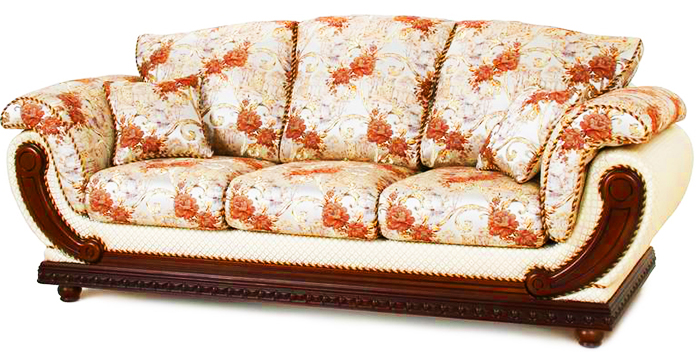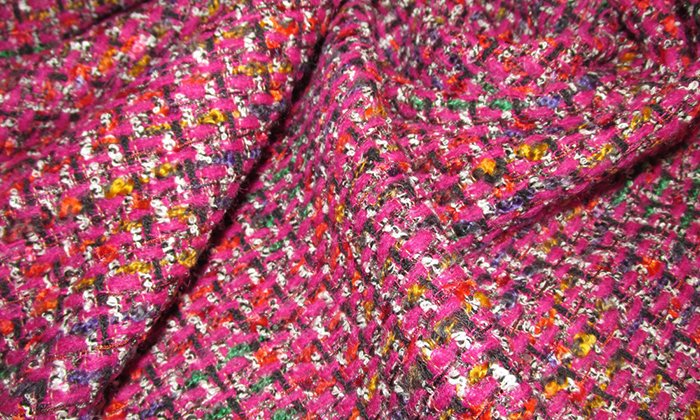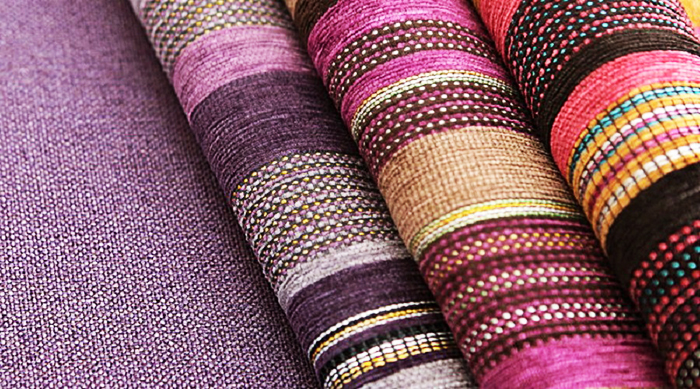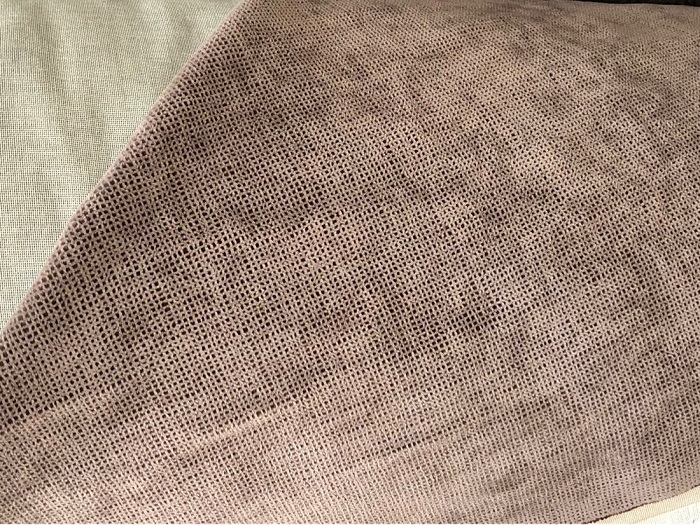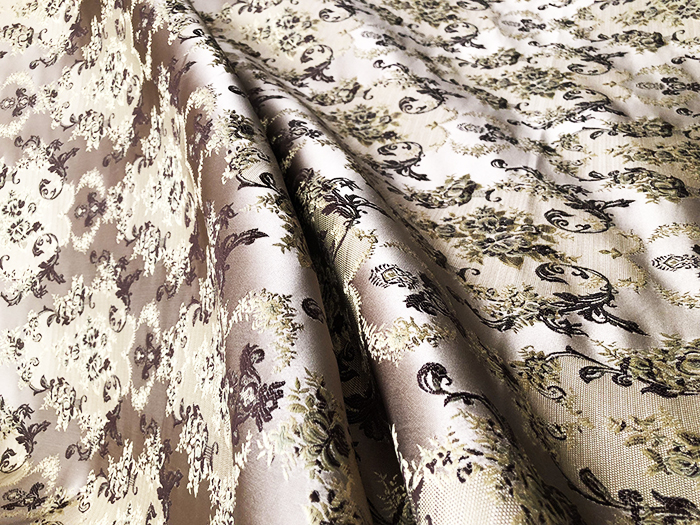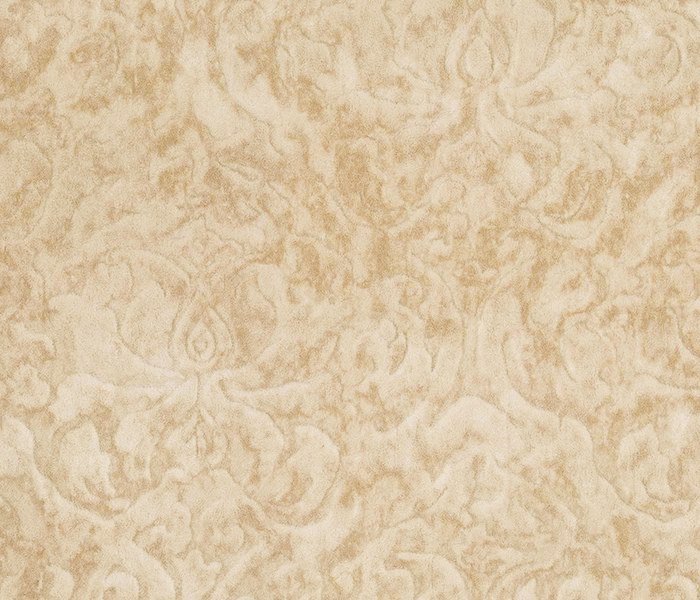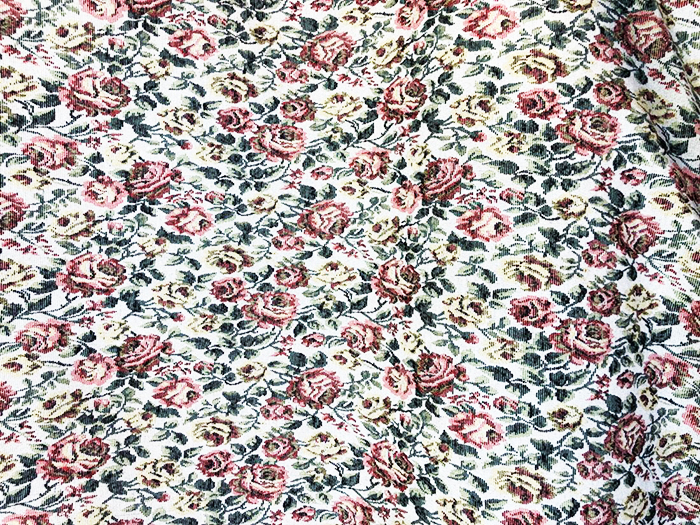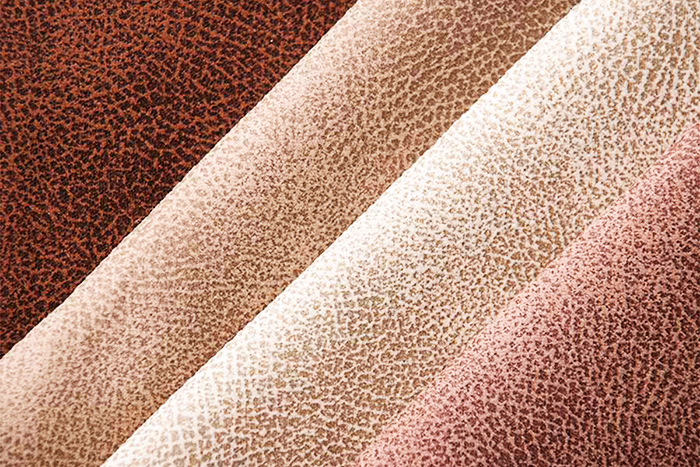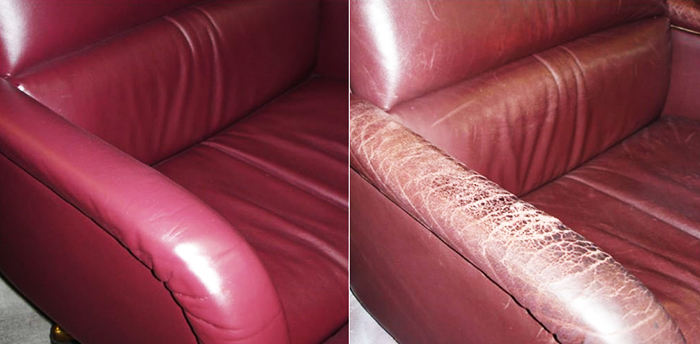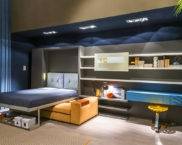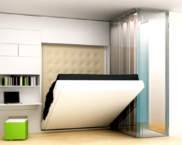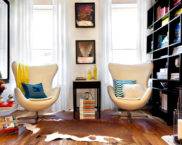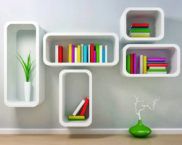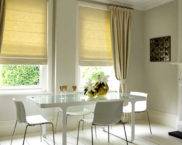How to choose the right fabric for upholstery: varieties, properties, care features
Fabrics used for sewing clothes or bed linen, are unsuitable for use as furniture upholstery, since they do not have sufficient strength and durability. In addition, the upholstery fabric must have a whole list of additional properties that determine the scope of its application. This article will describe the main fabrics for upholstery, present their operational parameters, advantages and disadvantages, as well as the recommended area of application. Brief recommendations on the care of upholstery and the features of its choice are given.
The content of the article
Types of upholstery fabrics
The main operational properties of materials used as furniture (upholstery) fabric are determined by its composition and manufacturing method. From manufacturers, it is customary to classify furniture fabrics according to the method of application.
- Primary - upholstery. The fabric used to decorate the external elements of upholstered furniture has high aesthetic characteristics.
- Secondary - case. It is used as a technical coating for various structural elements of furniture: spring blocks, inner or seamy side of covers for pillows, back and bottom armchairs and sofas. Budget materials are used as secondary fabric: thick burlap, cotton, chintz, calico, etc.
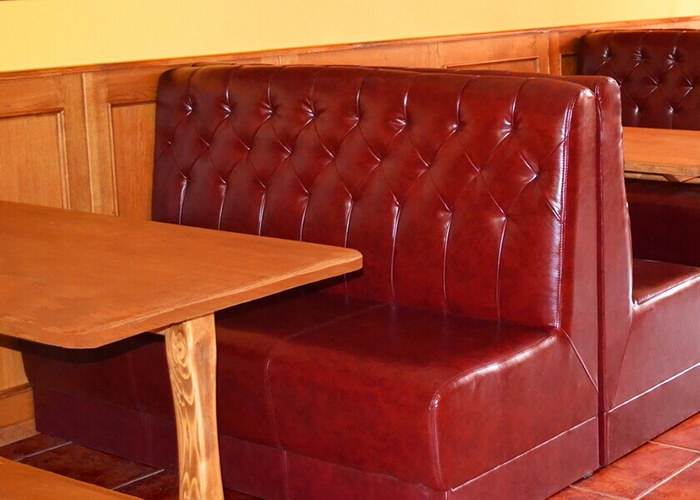
Durable and easy-care upholstery for upholstered furniture in a cafe, will facilitate cleaning and save money on hauling
PHOTO: lechim-mebel.kiev.ua
By manufacturing method:
There are several methods for making furniture fabric:
- Woven - traditional production method, by weaving threads. For example, jacquard, tapestry, velor, boucle.The pattern on the surface of the upholstery is formed by weaving threads of different colors.
- Non-woven - there are several technologies, the principle of which is to apply various materials (fillers) to the base with a large amount of polymer as a binder. The tissue is formed under the influence of temperature, pressure, dehydration or polymerization reaction.
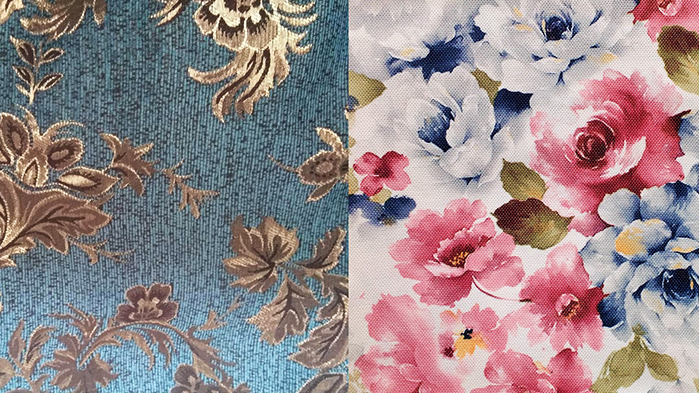
Furniture upholstery with woven and printed patterns is significantly different, both in its aesthetic qualities and in durability
PHOTO: lineyka.com.ua
The pattern on the surface of the nonwoven fabric is formed by printing in two ways.
- Dry - a finished drawing made of thermosetting paint, applied to a technical base (paper or a special polymer), is transferred to the fabric under pressure or temperature exposure.
- Wet - the image is applied to the surface through perforations in the walls of special ink drums.
By material of manufacture
The raw material has a key impact on the technical, operational and decorative characteristics of upholstery fabrics. It is customary for manufacturers to distinguish between the following materials.
- Natural - environmentally friendly, hygienic, have good air permeability and low intensity of exposure as allergens. However, natural materials have mediocre durability, tend to shrink and wrinkle quite a bit. In addition, they are relatively expensive and difficult to maintain. Wool, linen or cotton are used as raw materials.
- Artificial - obtained by chemical processing of natural materials, such as cellulose. They have an affordable cost, vapor permeability, a wide selection of colors and textures. They are extremely short-lived, quickly lose their presentation.
- Synthetic - polymer-based materials: nylon, acrylic, nylon, lavsan or polyester. They are distinguished by a high degree of wear resistance and resistance to mechanical stress. Synthetic materials are easy to clean up to the use of household detergents. However, they can build up static electricity.

Many modern synthetic upholstery materials are almost indistinguishable from natural ones. Left synthetic, right natural suede
PHOTO: sambara.com.ua
Important! Artificial and synthetic materials can also cause allergic reactions.
Upholstery fabric - types and main characteristics
There is a huge variety of upholstery fabrics already in use. In addition, manufacturers are constantly developing new materials that combine high resistance to external influences with wide design possibilities: color, texture, pattern, etc.
When communicating with master furniture makers, you can come across the following classification of upholstery fabrics:
- pile (chenille, artificial suede);
- not pile (satin, tapestry, jacquard, boucle);
- non-woven (natural and artificial leather, flock).
Boucle
A relatively new upholstery material. Polyester thread is used as raw material, from which small loops are pulled along the entire length on special machines. From such fibers, both plain and patterned fabrics are made, to which knots and irregularities in the structure give visual volume. Boucle is characterized by high density and strength combined with softness and breathability. Such upholstery belongs to non-crease fabrics and looks very good on bulky upholstered furniture.
Chenille
Began to appear en masse in the early nineties. Manufacturing technology does not fundamentally differ from weaving lint-free fabrics. But at the same time, special fleecy threads are used. They gave the name to this material. Сhenille translated from French means caterpillar.Chenille is distinguished by a wide variety of thickness, density and hairiness, which depend on the raw materials used and the twist of the yarns. For example, adding acrylic to the composition will give the upholstery additional softness, elasticity and eliminate wrinkles. Viscose will make the surface velvety, and the color will be iridescent. Chenille fabrics are not susceptible to peeling, can be easily cleaned of dust with an ordinary vacuum cleaner. More serious dirt can be removed using household chemicals intended for textiles.
Mat
It is a special type of chenille. In structure and weaving method, it resembles burlap with the presence of a slight hairiness on the front surface. Cotton or linen threads with a small amount of acrylic or polyester are used as raw materials for the base. It is characterized by high strength and wear resistance. In most cases, the material is hypoallergenic, unpretentious and easy to maintain. Used for Mediterranean, Scandinavian and country style furniture. Recommended for children's interior items.
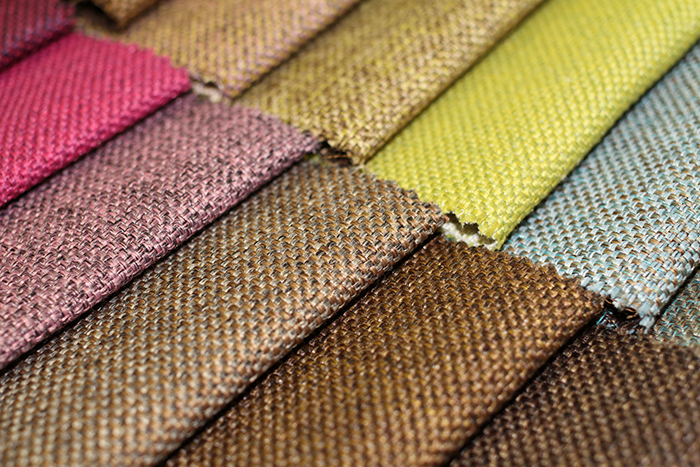
Rogoza imitates the rough texture of burlap, can be plain or multi-colored, suitable for country-style furniture upholstery
PHOTO: loveshtory.com
Velours
Velor upholstery fabrics are produced in a knitted way. The technology consists in the simultaneous production of two base panels, between which the threads of the pile are intertwined, fixing in a V or W-shape. Then a special machine cuts the intertwining thread bases, which, in fact, are the pile. The second, W-shaped, weave option provides an increased density of the pile and significantly improves the quality and durability of the fabric, but it is more expensive.
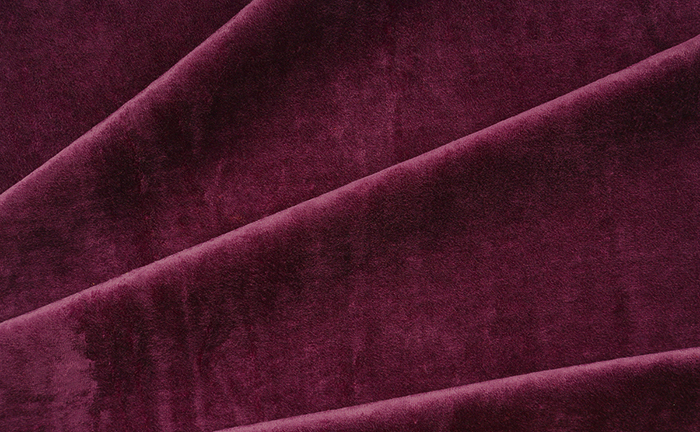
Velor combines high aesthetics, affordable cost and relatively high strength characteristics
PHOTO: geliopolis.com.ua
Painting of the material is carried out after its production, in rolls. This provides a wide color gamut, but slightly reduces fade resistance, and fabrics dyed in rich colors fade. Some brands of velor upholstery can stretch under heavy use. This material is recommended for private household use.
Velveteen
Refers to velor upholstery fabrics. Consists of an interlacing of five threads, one of which forms a pile. The texture is made of longitudinal stripes of pile, separated by ribs. The quality of the material, as well as its division into types - corduroy and micro-corduroy, is determined by the length of the pile and the width of the scar.
Corduroy is soft and velvety to the touch. It forms an anti-slip surface. Recommended for upholstery on sofas used as berths. Bed linen will not slip on such a surface. The fabric has high wear resistance and strength.
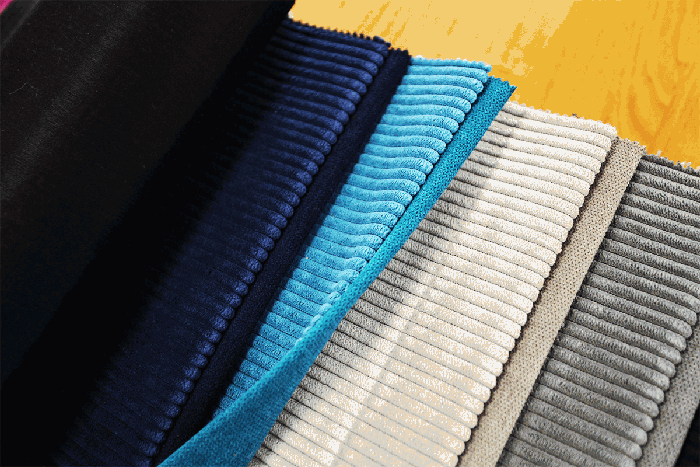
Furniture corduroy is a fully synthetic or combined fabric with a high percentage of polyester in its composition, characterized by high mechanical resistance
PHOTO: zlatamebel.ua
Corduroy upholstery is available only in solid colors, without patterns. However, this is offset by a wide range of colors and shades. Some manufacturers' coatings containing synthetic materials can build up electrostatics. In addition, corduroy is quite difficult to maintain and requires special stain cleaning products.
Flock
Refers to a type of non-woven textile. The production technology consists in gluing a short pile on a textile base. Modern manufacturers use a variety of materials for the base, topcoat and ultra-resistant adhesives. Under the influence of the electrostatic field, the villi descend strictly vertically onto the glue layer.In the next step, a multicolor pattern is applied to the flock coating by screen printing or embossing. Flock with embossed ornament is usually monochromatic.
When caring for flock fabrics, the use of alcohol-based cleaning agents is completely excluded, as it can dissolve the glue.
Jacquard
Lint-free fabric with a smooth or embossed texture. It retains well the original pattern, which is obtained by weaving fibers of different colors on a special machine. As a material of manufacture, threads are used from natural raw materials, cotton or linen in combination with synthetic materials.
Over time, many improvements have been developed in jacquard manufacturing technology:
- thermal transfer of the pattern to the base is called the thermohaccard;
- the use of fluffy threads along with smooth ones gave a new material - jacquard chenille.
The fabric is quite expensive. However, its price is fully offset by durability and resistance to mechanical stress and fading.
Tapestry
The upholstery is close to jacquard in manufacturing technology and performance characteristics. It has a clearly defined, albeit less embossed pattern. Made from thicker threads. Typically more than 10 colors are used. Furniture tapestry is one of the most expensive materials. It is used in premium products.
Faux suede
Thanks to the use of modern technologies, artificial suede not only completely imitates natural material in terms of tactile sensation and visually, but also significantly surpasses it in terms of performance. Differs in high strength and wear resistance, withstands even significant mechanical stress without any damage to its appearance. UV resistant. Has an affordable cost.
However, it has several disadvantages. The main one is the low susceptibility to moisture, which made it difficult to clean. Greasy stains, dirt from fruit juices and sugary substances are almost impossible to remove on your own without damaging the surface. Therefore, despite its presentable appearance, artificial suede is not recommended for use as upholstery in places of intensive use.
Artificial leather
The base material is a knitted fabric made of synthetic threads coated with special examples. Many modern manufacturers offer the consumer artificial leather, which is practically indistinguishable from natural. This material is characterized by good durability, resistance to deformation and abrasion. One of the biggest disadvantages of artificial leather is its low resistance to mechanical damage. It is easy to scratch, and from systematic exposure to high temperatures, it can crack.
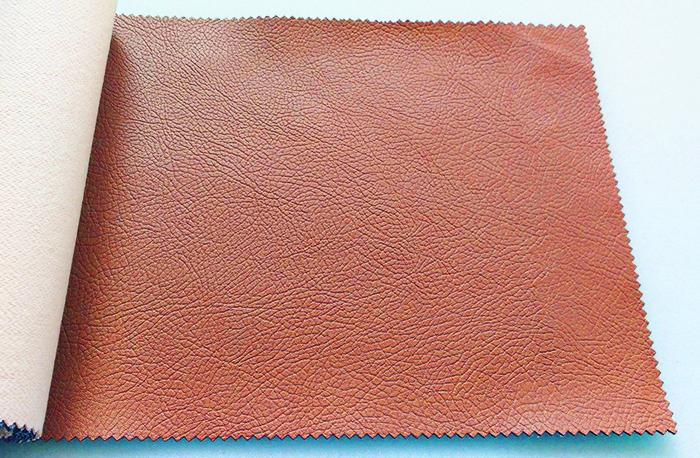
Artificial leather is produced using a variety of technologies, from cheap dermantin to expensive coatings that cannot be distinguished from natural leather.
PHOTO: obbivka.com.ua
Alcantara
Alcantara was developed in the 70s of the last century. It is a synthetic analogue of suede. The materials used are polyurethane and polyester substances in the fibers. The production process is quite complicated and includes many stages: spinning, impregnation, dressing, perforating, painting and some others.
Due to the highest performance characteristics, Alcantara is widely used in many industrial areas. They make decor from it, use it as interior decoration for yachts and car salons. Alcantara upholstery is characterized by high durability, resistance to abrasion and mechanical damage. It is vapor permeable and UV resistant.
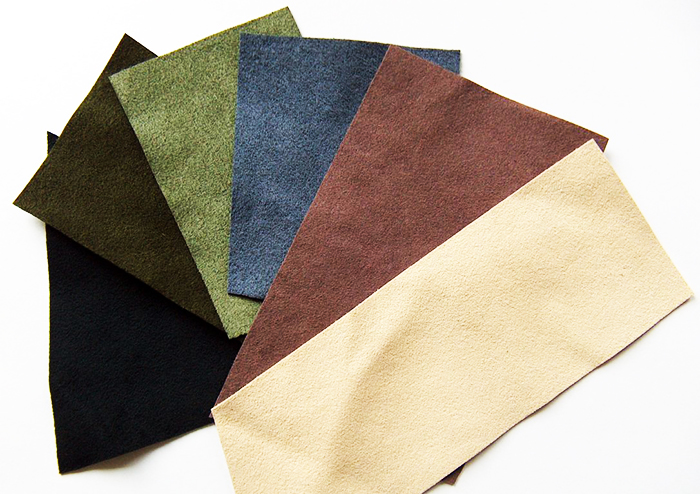
Alcantara was originally developed for the automotive industry, currently used in the production of luxury furniture
PHOTO: taxpolice.spb.ru
Genuine Leather
It is one of the best materials for upholstery. Used in premium and elite class furniture. It is characterized by high aesthetic and performance indicators. The thickness varies between 0.8-1.9 mm. Has a wide palette of colors, mostly monochromatic. The most expensive and high quality products can be embossed. High-quality leather coatings are characterized by softness, wear resistance, strength, painting on the surface does not crack or crumble.
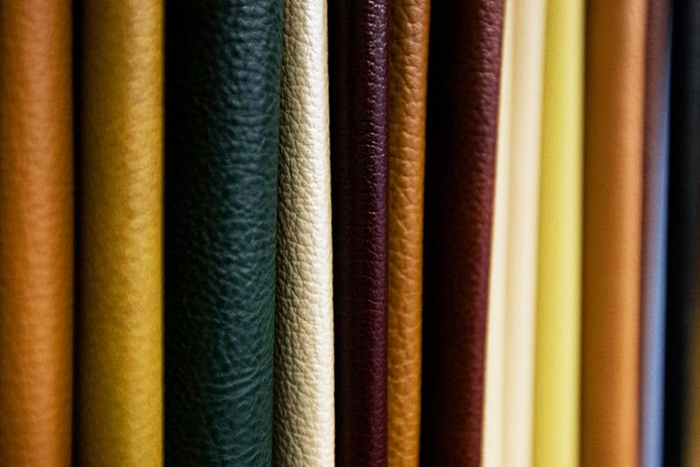
Genuine leather used as furniture upholstery surpasses most synthetic and natural materials in its technical and aesthetic parameters, but requires more careful, specific care
PHOTO: legko.com
Leather is a natural material with a capillary-porous structure. Substances (natural or synthetic fats) inside the pores give the coating the necessary elasticity. During operation, they gradually dry out or erode. Therefore, in order to prevent cracking of the face layer, natural leather is periodically lubricated or sprayed with a special stearic lubricant.

The decorative properties of genuine leather are not limited only to painting, embossing and the formation of a relief are no less effective means of artistic decoration
PHOTO: belmebru.ru
How to choose a fabric for upholstery
Furniture upholstery needs careful selection in terms of a combination of aesthetic and performance parameters. There are a number of characteristics that can be analyzed to select the optimal material for upholstery upholstery.
- Strength and wear resistance. These two parameters are interrelated and are responsible for the material's resistance to external mechanical stress. For furniture used in residential premises, the recommended upholstery category is from 0 to 2. If the coating is subjected to heavy use (offices, various commercial and public organizations), it is better to use materials from categories 3 to 5. Naturally, these recommendations do not apply to premium class coatings. 6 and 7, which in themselves have a fairly high reliability and durability.
- Color stability. The ability of a material to resist UV exposure (fading), as well as the effects of various chemicals and soapy water used in cleaning.
- Air permeability. A key parameter if furniture is used in damp rooms or seaside climates.
- Fire resistance. Furniture upholstery used in cafes and restaurants must have a high degree of fire resistance and be self-extinguishing.
- Pilling capacity. A parameter characterizing the prevention of pilling during long-term operation.
- Anti-vandalism. The fabric must have a strong, non-deformable base, it is recommended for use in apartments where there are small children or pets.
- Simplicity of care. Many modern materials require special care products; without them, they quickly lose their original appearance.
Oddly enough, design is not included in the list of key parameters.Modern manufacturers provide such a wide selection of colors and textures that even from one type of fabric you can choose upholstery for almost any style of interior.
General rules for upholstery maintenance
Any furniture upholstery is designed from the outset to withstand repeated cleaning. Periodic cleaning using various cleaning agents is a guarantee of long-term operation and a neat appearance of upholstered furniture. There are several generally accepted rules to keep upholstery in good condition:
- regular cleaning with a vacuum cleaner using a special nozzle;
- special attention is paid to cleaning the seams, places near buttons or areas hidden during the transformation of the mechanism;
- the hardness of the brush must be selected depending on the type of material. The lower the category, the softer the bristles should be;
- moisture-permeable upholstery must not be wetted. If wet cleaning is necessary, they are treated with highly whipped soap foam;
- when wet cleaning leatherette, natural leather or moisture-proof upholstery, you must carefully study the manufacturer's recommendations. Many materials require special care products.
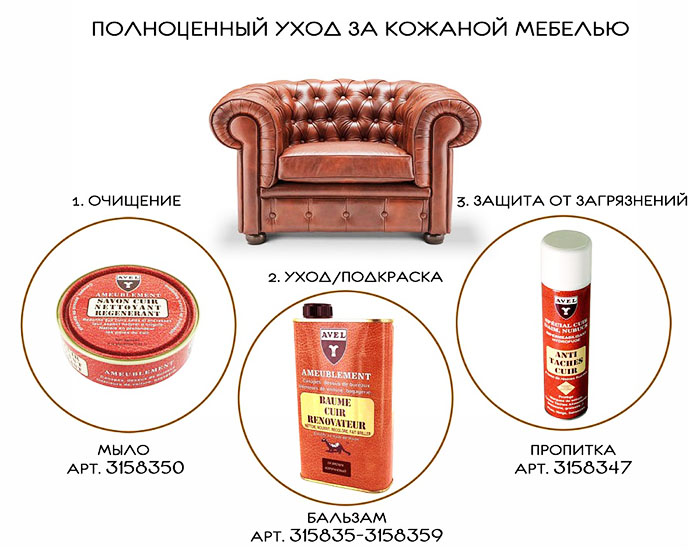
Special means for the care of natural leather, greatly facilitate the cleaning of furniture
PHOTO: wildberries.ru
Conclusions and recommendations
Based on the many years of experience of many master furniture makers, we can give the following recommendations for the choice of upholstery material for furniture for various purposes:
- for household use: cotton, flock, scotchguard, thermohackard, velveteen, velor;
- for offices, cafes and other places where furniture is subjected to intensive use: jacquard, microfiber, artificial leather, boucle, chenille;
- if the issue of cost is not relevant, it is best to use tapestry, alcantara and natural leather for furniture of a representative and elite class.



